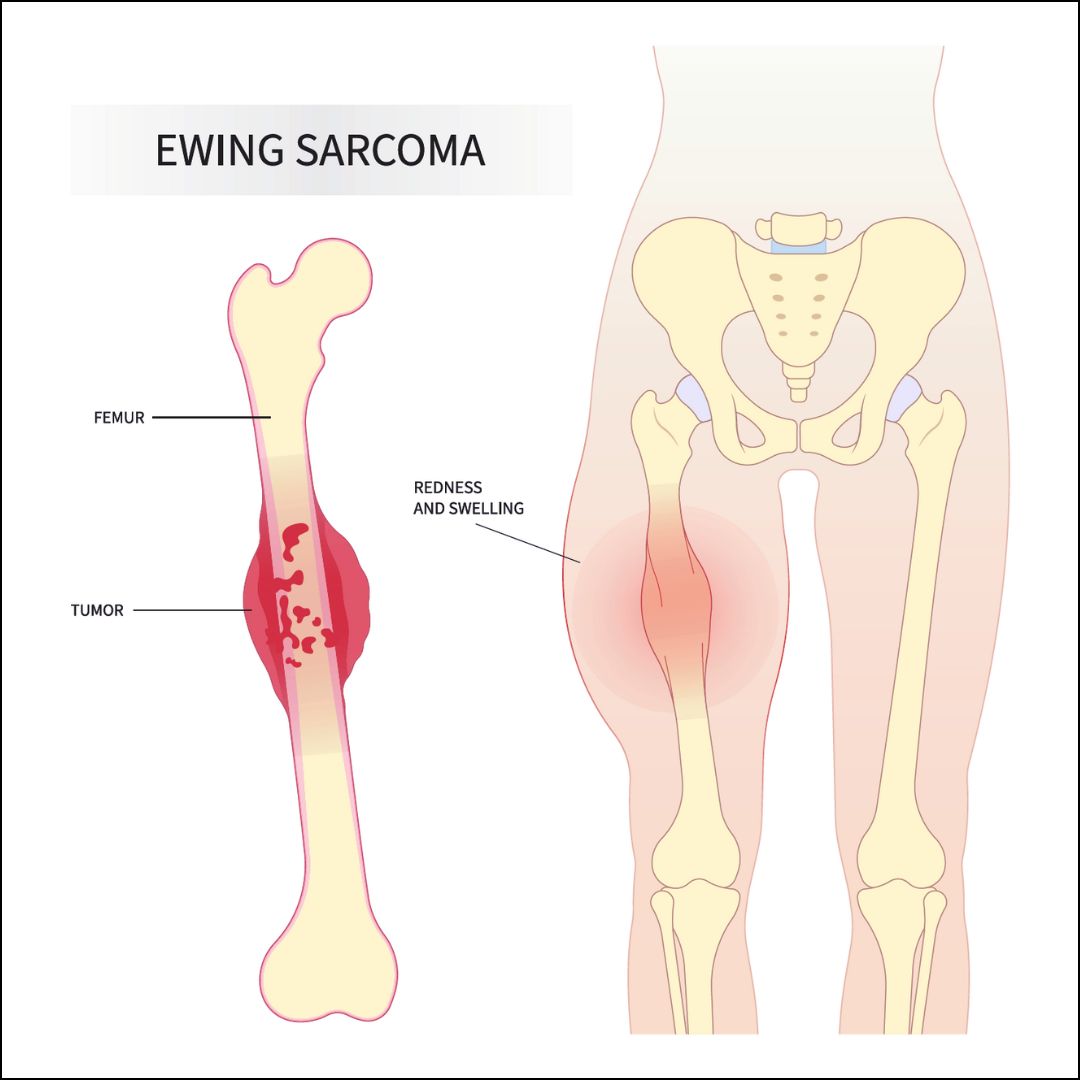Frequently Asked Questions
Ewing Sarcoma, a rare form of cancer, predominantly affects children and young adults. This aggressive bone tumor is named after James Ewing, the pathologist who first described it in 1921. Ewing Sarcoma primarily develops in the bones, but it can also occur in soft tissues such as muscles and nerves.
Genetic abnormalities play a significant role in the development of Ewing Sarcoma. Specifically, a chromosomal translocation between chromosomes 11 and 22 is found in approximately 85% of cases. This translocation results in the fusion of two genes, EWSR1 and FLI1, which leads to uncontrolled cell growth and tumor formation.
One significant risk factor is age, as Ewing Sarcoma primarily affects children and young adults between the ages of 10 and 20. It is more commonly diagnosed during adolescence when rapid bone growth occurs. Additionally, males are slightly more prone to developing Ewing Sarcoma than females.
One of the most common symptoms of Ewing Sarcoma is pain or swelling in the affected area. This persistent pain may initially be mistaken for a sports injury or growing pains, leading to delayed diagnosis. Additionally, patients may experience tenderness or warmth around the tumor site.
The diagnostic process typically begins with a detailed medical history review and physical examination by a healthcare professional. They will inquire about any symptoms experienced, such as pain or swelling in the affected area, and assess the patient's overall health.
One of the primary treatment options for Ewing Sarcoma is chemotherapy. This involves using powerful drugs to kill cancer cells throughout the body. Chemotherapy is often administered in cycles, allowing time for healthy cells to recover between treatments.
First and foremost, maintaining a healthy lifestyle plays a significant role in prevention. This includes adopting a balanced diet rich in fruits, vegetables, and whole grains while limiting the consumption of processed foods and sugary beverages. Regular physical activity is also essential as it helps strengthen the immune system and promotes overall well-being.
.webp)


 040 6700 0000
040 6700 0000  040 6700 0111
040 6700 0111














